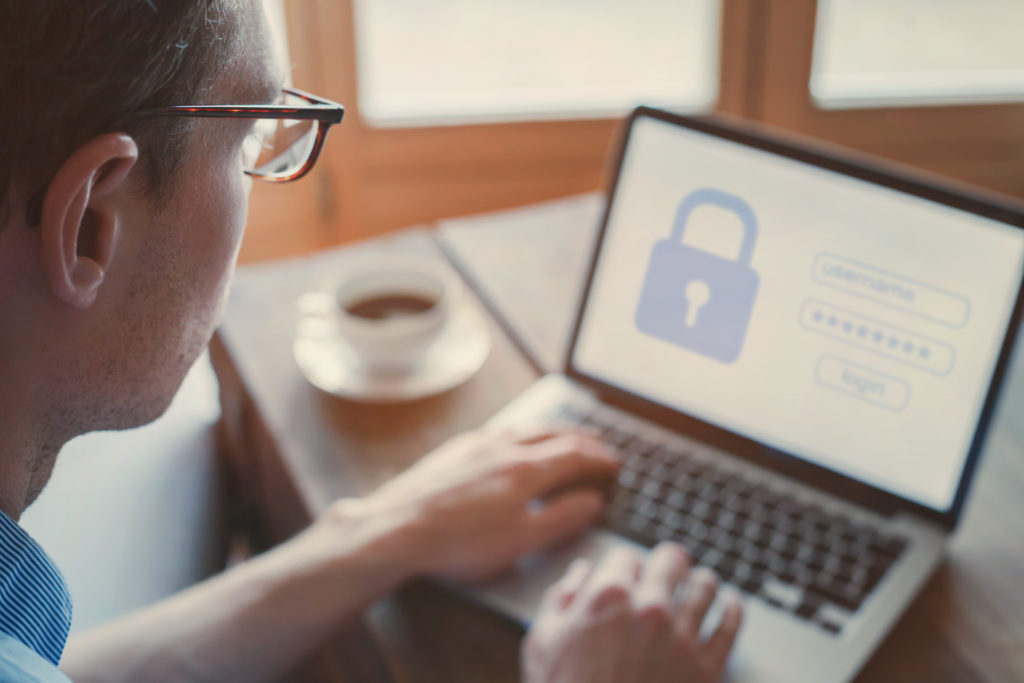The way people work has changed. Today, it’s more common than ever before to work from home, which is largely a result of the COVID-19 pandemic. While that makes for a better work-life balance for employees, it also increases the risk of cyberattacks on home computers and networks.
The rush to use cloud services has the potential to create these security risks and challenges for wealth management firms in particular. As a result, a good cybersecurity system is more important than ever in 2022 and beyond.
Wealth management firms have a responsibility to their clients to maintain the privacy of their financial records and account information. This means that these firms also need to be thorough when building cybersecurity plans.
Does Your Firm Meet the Cybersecurity Gold Standard?
The gold standard for a cyberdefense system is multi-faceted. A firm needs to have policies, processes and procedures in place to handle cyberattacks when they occur. The security program or programs used should be regularly analyzed for weaknesses and adapted to provide better control over threats.
Holding your firm to a gold standard during any cybersecurity crisis means that you are comfortable reflecting on your risk management strategy while also focusing on optimizing your security protocols.
Cybersecurity Predictions in 2022 and Beyond
It’s impossible to completely prevent a cyberattack because the methods with which people use to attack systems and networks are constantly changing. Within the next one to three years, there will be updates in cybersecurity to help address new cyber threats:
- There will be an increased focus on making connections secure between the home and physical office networks as people begin to work from home more often.
- There may be a greater risk to cryptocurrencies and cloud-based platforms, leading to a higher number of attacks and the losses occurring subsequently. To address this risk, better encryption and wallet security measures may be developed.
- There may be an increase in government compliance rules and regulations to try to mitigate cybersecurity risks across industries.
Several security industry organizations have made predictions about what to expect for cybersecurity in the future:
- Gartner suggests that by 2024, organizations with a cybersecurity mesh architecture will be able to reduce the financial implications of security incidents by around 90%.
- Trend Micro believes that cloud services will be at greater risk and targeted more often in 2022.
- The majority of security industry organizations polled believed that ransomware will get worse in the coming years, but some believe these attacks will die down in 2022 as cybercriminals attempt to avoid law enforcement.
- It’s believed that cybercriminals targeting financial assets will use extortion more often as a way of achieving their financial goals. This could be done through DDoS or ransomware attacks.
Cybersecurity Measures to Implement Now
There isn’t a singular way to avoid every kind of cyberattack, no matter how good your security system is. That said, being prepared for attacks and knowing how to remediate and limit the damage should be a focus for your firm. Using a platform like the Docupace Platform, which encrypts documents and analyzes documents for tampering, gives you a layer of protection that is a necessity in the financial industry.
To help your firm stay on top of security measures, keep in mind a few cybersecurity best practices you can employ immediately:
- Education matters. Talk to your employees and clients about phishing attacks, ransomware, and viruses so fewer people and systems fall victim to scams and cyberthreats.
- Use multi-factor authentication. Two-factor authentication requires two different authentication points to allow access to a program or resource. For example, your client may need a username and password to log in. Then, they may need to type in a special code sent to their email address or phone before gaining access to their accounts.
- Don’t skip the firewall. This is the very first line of defense against cyberthreats and helps keep viruses and malicious software out of your network.
- Update your network with encryption in the office and require employees working from home to do the same. This makes it more difficult for a hacker to break into your employees’ network.
- Know your company and what information hackers would want to target. Secure those potential targets with additional security measures.
Cybersecurity measures may continue to change as the threats facing businesses and organizations reshape themselves throughout the next several years. While you may not be able to stop every threat, having a plan in place for recognizing and addressing the threat is critical to protect your business.




